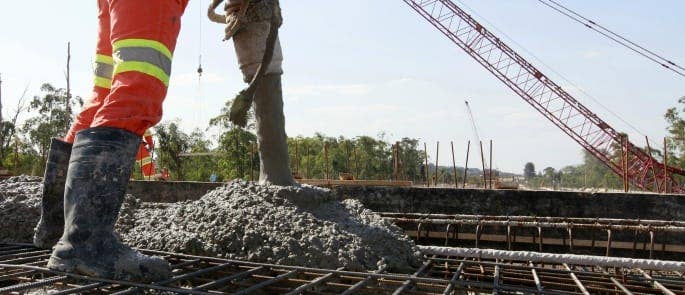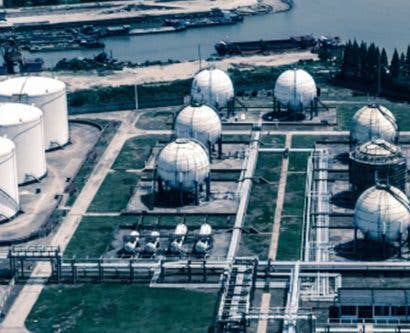CDM Regulations – When is my Project Notifiable?
The HSE’s Construction (Design and Management) Regulations 2015 or CDM Regulations is a holistic planning strategy. The regulations aim to make specific members of a construction team (known as duty holders) accountable for the inspection and management of health and safety right from the start of a project to the very end.
The CDM Regulations were brought in by the HSE to strengthen communication and cooperation between all members of the construction team. Under CDM, everyone has a part to play from the principal contractor and designer to the construction workers.
Before you begin your project, the HSE requires you to give notice of the beginning of your project. This is called project notification, and it is fairly straightforward.
When do the CDM Regulations Apply?
The CDM Regulations 2015 apply to all construction sites (domestic and non-domestic) across Great Britain. This includes territorial seas and renewable energy structures in the renewable energy zone.
Need a Training Course?
Our CDM Regulations Training has been designed to provide learners with a practical knowledge of key duty holder requirements under the new CDM Regulations. Learners will understand the importance of planning for and integrating safety management into the planning and design stages of construction projects and ensure that their work practices are complying with the law.
When is a Construction Project Notifiable?
If your project is ‘notifiable’ you need to notify the HSE. A project is notifiable when:
- The construction is scheduled to last longer than 30 working days, and it will have more than 20 workers working at the same time at any point in the building project.
- Or, if the construction work has more than 500 person days.
If your project is notifiable, the client must write to the HSE to give notice using an F10 form (find it here) as soon as possible before the construction phase begins. When the client is domestic, the responsibility to notify the HSE transfers to the contractor.
(If you are unsure on how to fill out an F10 form, scroll down to the bottom of this article and read the section entitled ‘The F10 Form’ before proceeding to the form on the HSE website itself).

Railway and Nuclear Site Notification
There are two types of project that, if they are notifiable, mean you have to give notice to a different enforcing authority. These are railway construction projects and nuclear site projects (all other project requires you to notify the HSE).
Railway Construction Projects
Under the authority of Regulation 3 of the Health and Safety (Enforcing Authority for Railways and Other Guided Transport Systems) Regulations 2006, the Office of Rail Regulation (ORR) must be notified instead of the HSE for railway construction projects.
Here is a link to the ORR’s version of the F10 form, which you fill out electronically and submit through the HSE website.

Nuclear Sites
For notifiable construction projects planned on British nuclear sites or a new nuclear build site, notice is given to the Office for Nuclear Regulation (ONR) instead of the HSE. If you need to notify ONR, you can find their F10 project notification here.
The F10 Form
While the client is accountable for ensuring that the F10 form has been submitted to the HSE, they can delegate the task of notification to others to complete and submit the form.
You can complete an F10 form online on the HSE’s website. They also have guidance for completing the form and some frequently asked questions readily available to help you.
The F10 form requires basic information such as:
- The site’s location,
- The site’s local authority,
- A description of the project,
- Planned duration of the project,
- The number of workers required,
- And contact details for the principal contractor, designer, and client.
Further Resources:
- CDM Regulations Quiz
- Electrical Safety Guidance for Working on Construction Sites
- CDM Regulations Training Course











